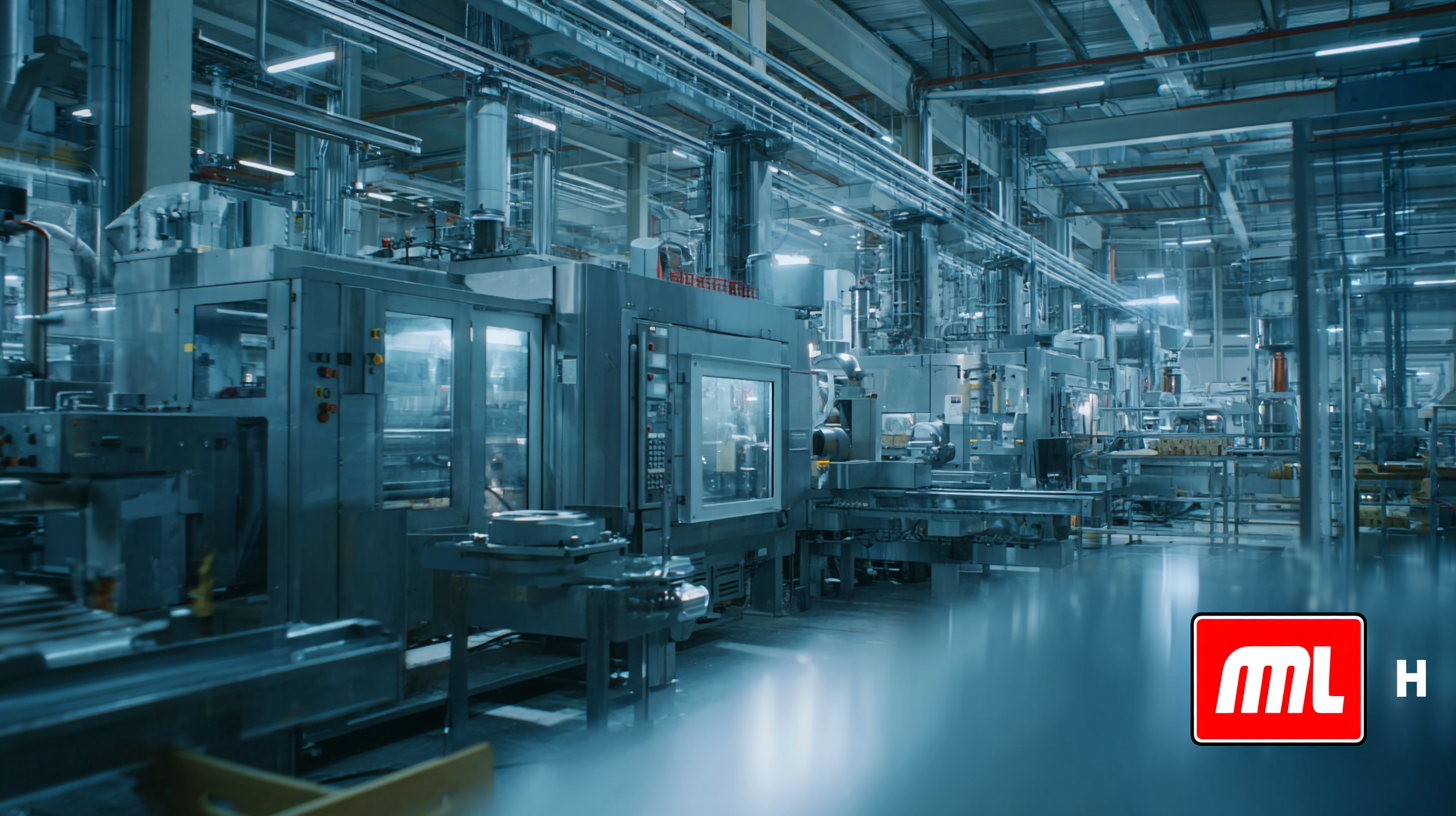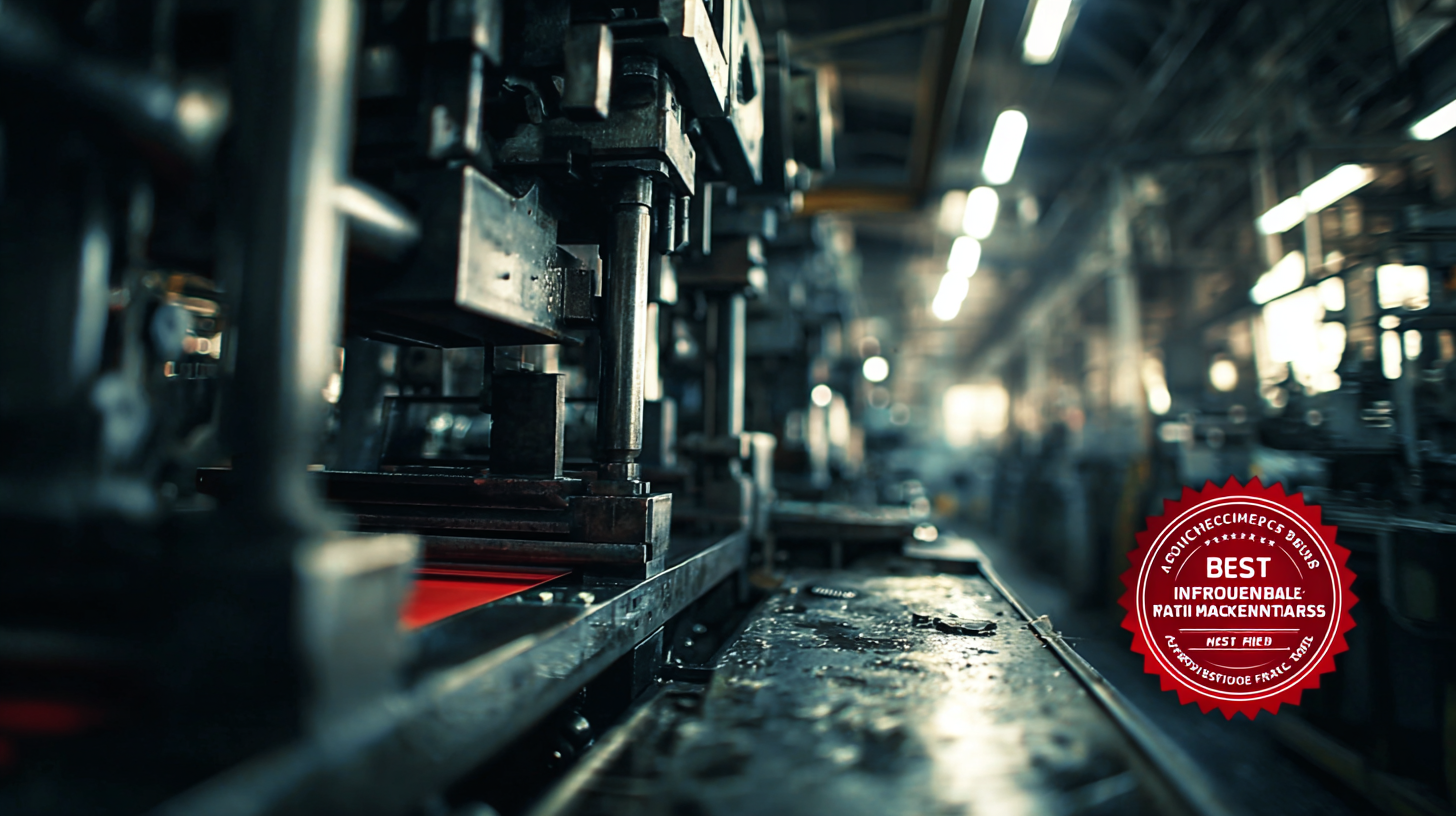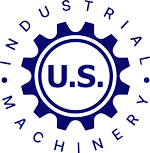Achieving Excellence in Manufacturing Standards with the Best Industrial Press Techniques
In the ever-evolving landscape of manufacturing, achieving excellence in production standards is pivotal, and one key factor that significantly influences this quality is the efficiency and reliability of industrial press techniques. As industries increasingly prioritize optimized manufacturing solutions, the focus on after-sales service advantages and maintenance costs has become paramount. Effective maintenance strategies not only ensure that industrial presses operate at peak performance but also contribute to reduced downtime and enhanced productivity.

This blog delves into the intricacies of industrial press technology and highlights how a robust after-sales service framework can minimize repair costs while maximizing operational efficiency. By exploring the best practices and advanced techniques in industrial pressing, we uncover the path to achieving superior manufacturing standards that drive success in today's competitive market.
Emergence of China's Manufacturing Dominance in the Global Market
China's emergence as a manufacturing powerhouse is reshaping the global market landscape. According to a report by McKinsey & Company, China accounted for nearly 28% of the world's manufacturing output in 2022, surpassing the United States and other industrialized nations. This dominance is not just a product of cheaper labor but also the result of significant investments in technology and innovation. The increasing adoption of advanced industrial press techniques, such as precision stamping and automated assembly, has led to enhanced production efficiency and product quality.
Moreover, the global manufacturing supply chain is increasingly reliant on China's technological advancements. A recent study by the World Economic Forum indicated that investments in smart manufacturing technologies in China are expected to reach $300 billion by 2025. These technologies enable higher output speeds and reduced waste, allowing manufacturers to meet the heightened demand in various sectors, including electronics and automotive. As a result, China's manufacturing capabilities continue to set industry standards, making it imperative for global competitors to adapt and innovate to remain relevant in this rapidly evolving market.

Innovative Industrial Press Techniques Driving Efficiency and Quality
In the era of Industry 4.0, innovative industrial press techniques are shaping the landscape of manufacturing by driving both efficiency and quality. The recent advancements in polymer technologies highlight a pivotal shift towards enhancing the recycling and upcycling efficiency of plastic waste, addressing critical environmental concerns while improving manufacturing processes. According to industry reports, integrating advanced polymer techniques can result in up to a 30% increase in recycling efficiency, which is crucial for sustainable production practices. This shift not only reduces waste but also optimizes material usage, leading to higher productivity levels.
Moreover, precision-driven innovation within industries such as tire manufacturing showcases the importance of effective integration and simulation strategies. By leveraging digital tools and data analytics, companies can enhance their manufacturing capabilities and product quality. Reports indicate that firms adopting these technologies see a 20% reduction in material costs and a significant decrease in production cycle times. As manufacturers increasingly prioritize strategic investments in their digital infrastructure, the focus on innovative press techniques becomes paramount, positioning businesses to excel in an increasingly competitive global market.
Achieving Excellence in Manufacturing Standards with the Best Industrial Press Techniques
| Technique | Efficiency (%) | Quality Rating (1-10) | Cost Reduction (%) | Lead Time (Days) |
|---|---|---|---|---|
| Hydraulic Press | 85 | 9 | 15 | 5 |
| Mechanical Press | 78 | 8 | 10 | 7 |
| Servo Press | 90 | 10 | 20 | 4 |
| Press Brake | 80 | 7 | 12 | 6 |
| Stamping Press | 75 | 6 | 8 | 8 |
Integration of Advanced Technologies in Manufacturing Standards
The integration of advanced technologies in manufacturing standards is revolutionizing the industry, leading to enhanced efficiency, precision, and productivity. According to a report by McKinsey & Company, the adoption of Industry 4.0 technologies could boost global GDP by up to $14 trillion by 2030, emphasizing the critical role of digital transformation in manufacturing processes. Technologies such as the Internet of Things (IoT), machine learning, and automation are not just trends but essential components that manufacturers are implementing to stay competitive in a rapidly evolving market.
Moreover, the rise of smart factories is reshaping traditional manufacturing landscapes. A recent study by Deloitte revealed that 76% of manufacturers plan to adopt smart technologies within the next two years. This shift not only improves product quality through real-time monitoring and analytics but also minimizes downtime, thereby significantly reducing operational costs. As these advanced technologies become intertwined with manufacturing standards, businesses can achieve unparalleled excellence and position themselves as leaders in their respective markets.
Impact of Quality Control on Production and Market Competitiveness
Quality control is a critical component of manufacturing excellence, directly influencing production efficiency and market competitiveness. By implementing rigorous quality control measures throughout the production process, manufacturers can ensure that their products meet or exceed industry standards. This not only enhances product reliability but also minimizes waste and rework, which can significantly reduce operational costs. For instance, companies that adopt statistical process control techniques are able to monitor production in real-time, allowing them to identify and address potential issues before they escalate into costly defects.
Furthermore, the impact of quality control extends beyond the shop floor; it plays a pivotal role in building consumer trust and brand loyalty. In a competitive marketplace, customers increasingly seek assurance that the products they purchase are of high quality. Manufacturers that prioritize quality control can differentiate themselves from competitors, positioning their brands as reliable choices for consumers. This focus on quality can also lead to increased customer satisfaction and repeat business, ultimately contributing to long-term success in the industry. As manufacturers strive for excellence, embracing robust quality control practices is essential in navigating market challenges and achieving sustainable growth.
Statistical Insights: China's Contribution to Global Manufacturing Output
In the landscape of global manufacturing, China's role is unparalleled, with recent data revealing that it accounted for approximately 29% of global manufacturing output in 2023. This dominance reflects China's strategic investments in advanced production capabilities and a robust workforce, which have enabled the nation to maintain its status as a manufacturing superpower. The National Bureau of Statistics of China indicated an impressive industrial growth rate of 6.8%, showcasing the country's resilience and capacity for innovation despite global economic fluctuations.

Moreover, China's rapid development in high-tech sectors is indicative of its shift towards enhancing manufacturing standards through better techniques and methodologies. As the global demand for efficient production processes increases, integrating advanced industrial press techniques becomes essential for achieving excellence in manufacturing. The implications of China's manufacturing prowess extend beyond its borders, influencing global supply chains and setting benchmarks for industries worldwide, particularly in sectors looking to maximize efficiency and minimize waste amid rising operational challenges.
